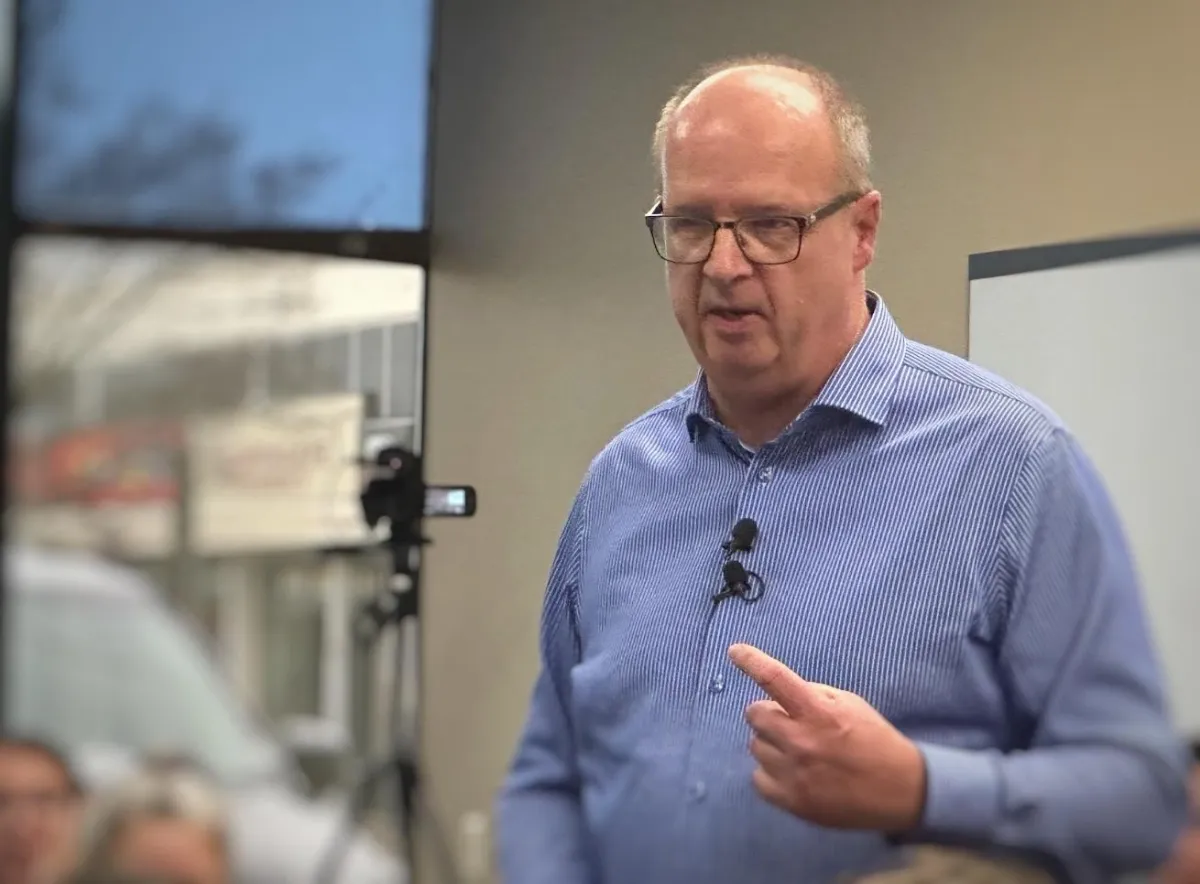
The Dos and Don’ts of Being Interviewed on Broadcast Media (and Why They Matter) Blog Post
The Dos and Don’ts of Being Interviewed on Broadcast Media (and Why They Matter)
Whether it’s live TV, radio, or a pre-recorded hit, media interviews can do one of two things: elevate your reputation, or chip away at it. The difference often comes down to what you say and how you say it.
Everyone seems to have a list of “dos and don’ts.” What’s missing? The why. Here’s a breakdown of the most important behaviors with the reasoning that separates seasoned spokespeople from first-timers.
⸻
✅ DO #1: Stick to 1–2 Clear Messages
Why:
The average broadcast interview runs about 90 seconds. If you’re trying to cover five points, you’re covering none. Keep your core message simple, repeat it naturally, and tie it back to your organization’s purpose or solution. This makes it easy for the audience—and the media—to walk away with the right takeaway.
⸻
✅ DO #2: Acknowledge the Question, Then Bridge
Why:
If a reporter asks something tricky—or even unfair—acknowledge the topic before steering the conversation back to your message. It shows you’re listening and not dodging. Audiences value transparency, and journalists respect interviewees who don’t dance around the premise.
Example: “That’s a fair question, and it’s something we’ve considered. What’s important to remember is…”
⸻
✅ DO #3: Watch Your Body Language
Why:
Tone and posture matter just as much as your words. If you’re stiff, defensive, or overly casual, that’s what the audience will remember. A calm, open posture signals confidence and approachability. In a visual medium, your expression and posture are part of your message.
⸻
❌ DON’T #1: Say “No Comment”
Why:
It’s a conversation killer—and it makes you look guilty or evasive. If you can’t share something due to legal or privacy reasons, say so plainly and pivot respectfully.
Try: “I can’t speak to that specific point due to legal constraints, but what I can share is…”
⸻
❌ DON’T #2: Ramble or Fill the Silence
Why:
In broadcast, less is more. A long-winded answer invites editing—or worse, gives the reporter more to latch onto. Practice concise answers. If you’re done speaking, stop. Silence isn’t your enemy—it’s a producer’s cue to wrap.
⸻
❌ DON’T #3: Go Off-Message Because You’re Trying to Be “Nice”
Why:
Reporters are trained to get you talking. You’re trained to stay focused. Sharing too much “extra” information—especially under pressure—can derail the conversation and create unintended headlines. Stick to what you came to say.
⸻
Bottom Line:
Media interviews are high-reward opportunities—if you’re prepared. The best spokespeople understand the environment, respect the medium, and communicate with purpose. If you know your message, anticipate the tough questions, and behave like someone worth listening to, the media will treat you that way.
Want to sharpen your interview skills—or ensure your entire executive team is media-ready?
Visit speakingofmedia.com/services to learn more about media training and spokesperson coaching that actually works.
Your voice matters. Let’s make sure it’s heard the right way.
